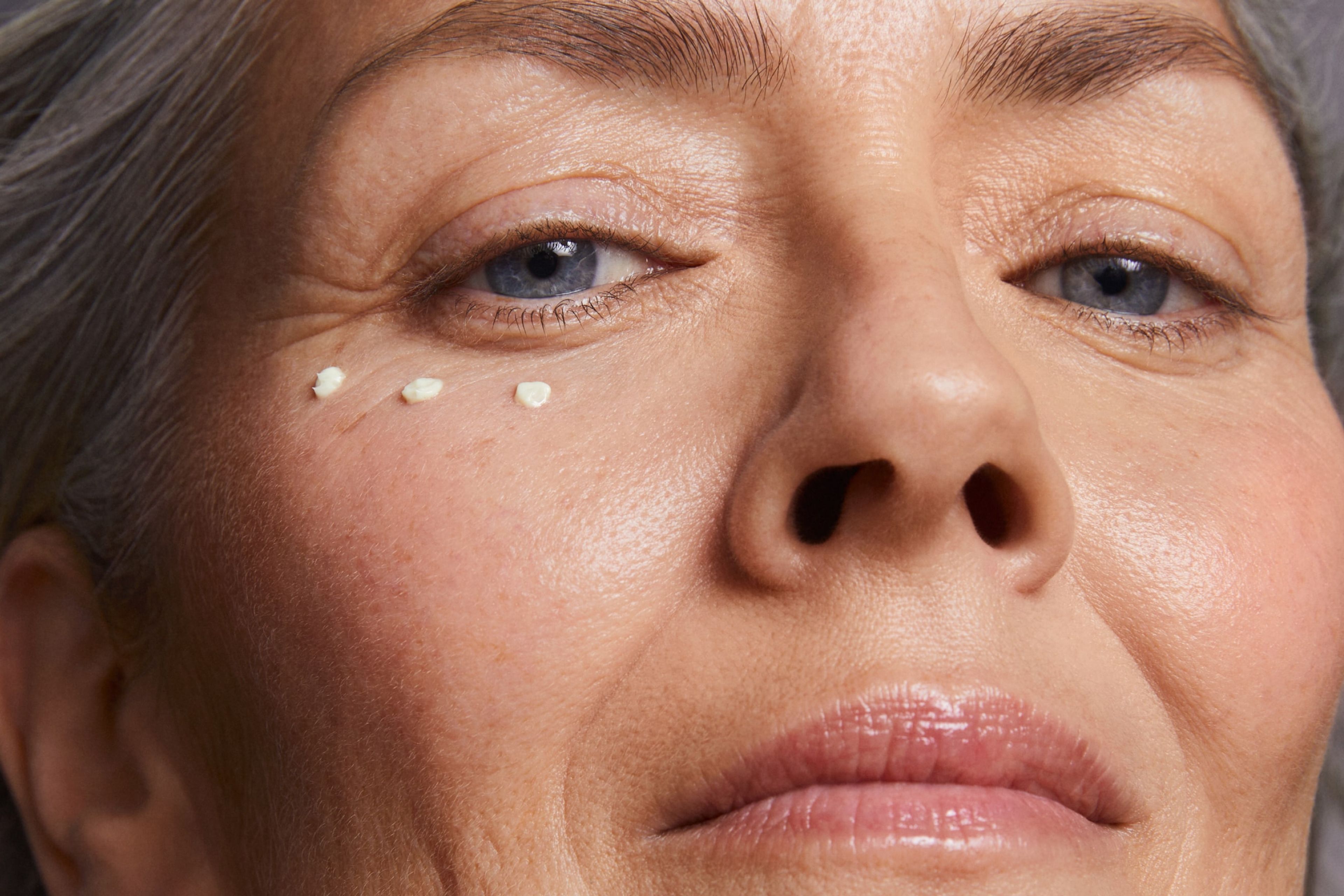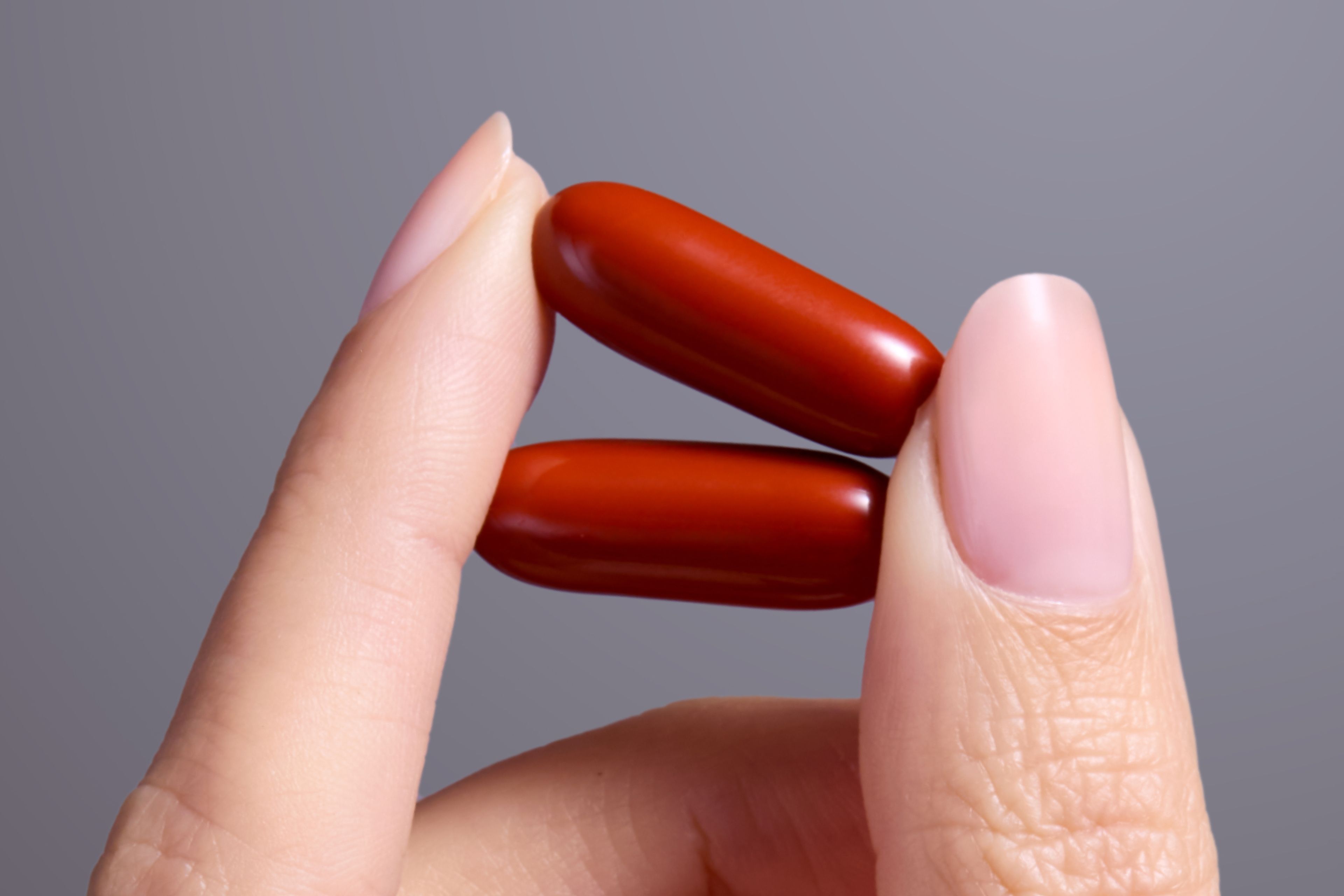Microplastics and Gut Health - Do They Cause Harm?
Research shows a potential link between microplastics and gut health. Learn signs of microplastic exposure in the gut and how to limit your exposure.
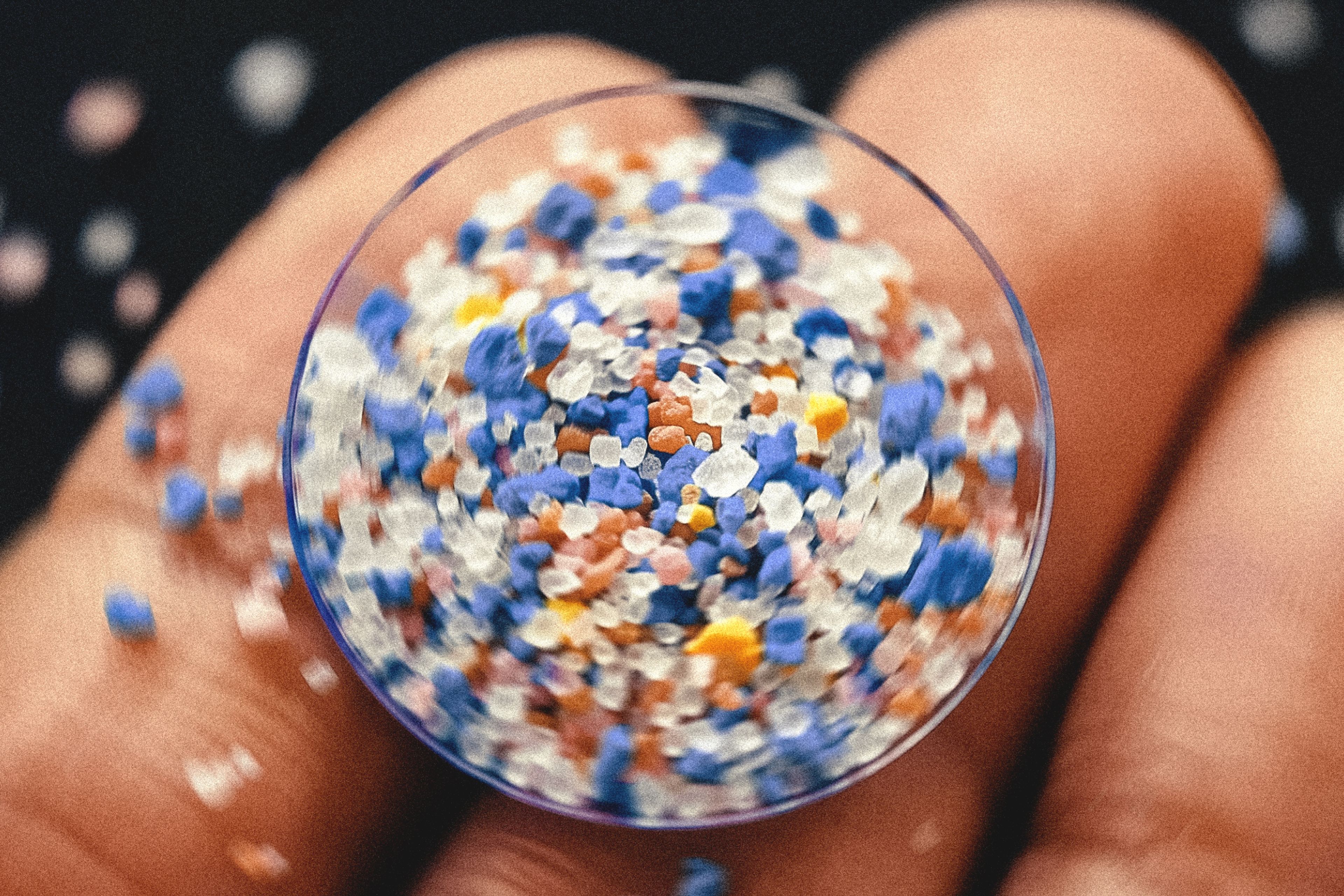
What to know
Microplastics are everywhere and can enter the body through food, water, and air.
Research shows microplastics may impair gut health, weakened immunity, and digestive discomfort.
Signs of microplastic exposure in the gut include bloating, changes in bowel movements, fatigue, a weakened immune system, and food sensitivities.
You can reduce microplastic exposure by eating more whole foods, choosing sustainably sourced seafood, and limiting plastic bottles, cans, and storage containers.
Supporting mitochondrial health from supplements like Mitopure can reduce cellular stress and promote gut resilience.
These days, it seems like everyone is talking about microplastics. From legitimate health and environmental concerns to alarming headlines claiming we have a spoonful of plastic in our brains, discussions about microplastics are everywhere.[1]
Microplastics are tiny plastic particles that have made their way into our food, water, and air we breathe. While we may not see them, these microscopic particles quietly infiltrate our bodies, including our digestive system.
Emerging research suggests a link between microplastics and poor health, including a potential impact on brain health, reproductive health, and organ function. [2]There also appears to be a strong association between microplastics and the gut microbiome, where microplastics can disrupt gut health in various ways. These microscopic particles can alter the balance of beneficial bacteria, trigger inflammation, and even interfere with nutrient absorption. Over time, this may contribute to gut dysbiosis, an imbalance in the gut that causes bloating, food sensitivities, weakened immunity, and changes in digestion.
In this article, we’ll uncover how microplastics can contribute to poor gut health and provide practical tips to limit exposure.
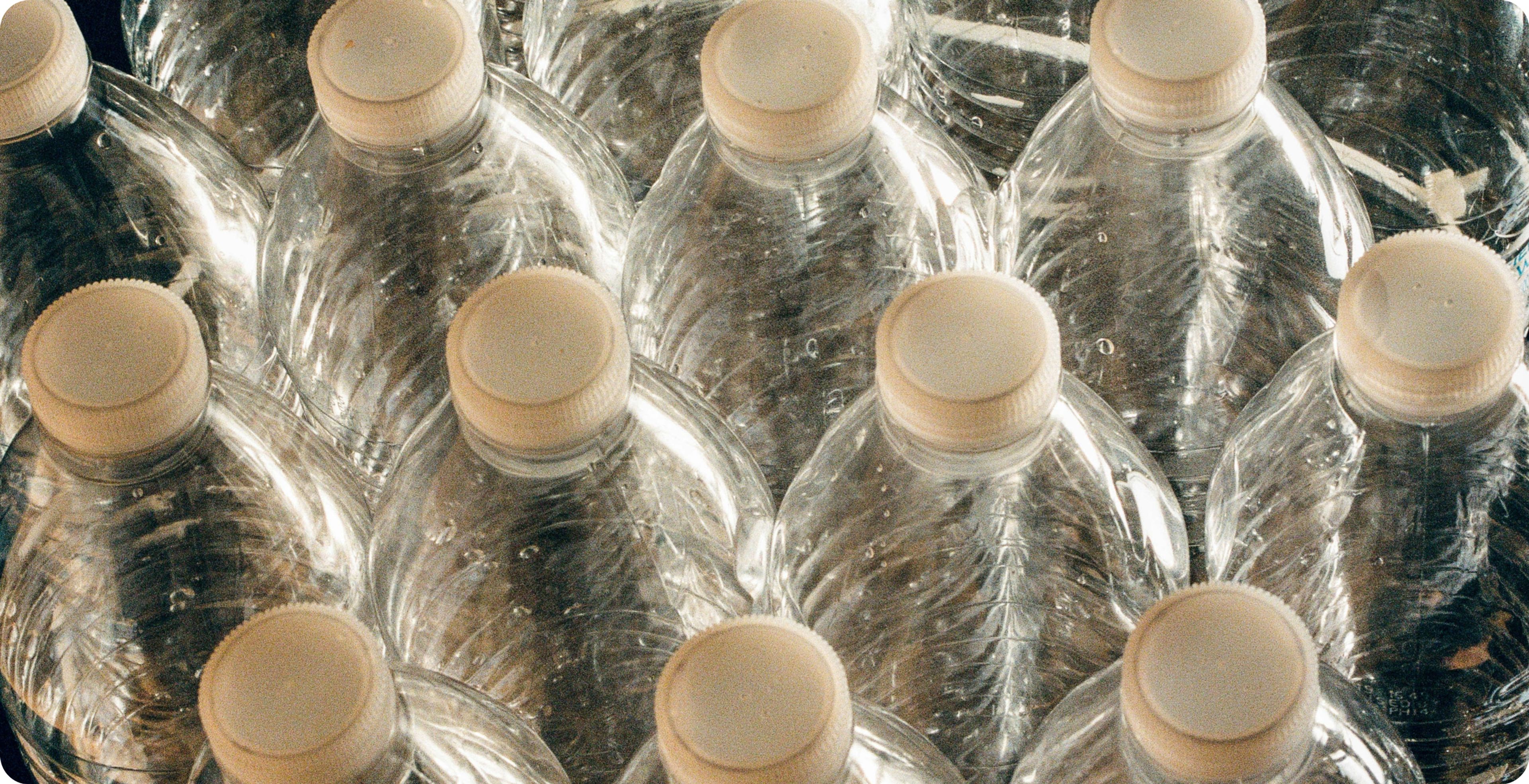
What Are Microplastics and Where Do They Come From?
Microplastics are tiny plastic particles derived from the breakdown of larger plastic waste, synthetic clothing fibers, and food packaging. They can be found in food, water, and air, making their way into our bodies and potentially affecting our health.[3]
Here are some of the most common culprits from everyday life that contribute to microplastic exposure:
- Bottled and tap water
- Seafood
- Salt
- Tea bags
- Plastic packaging
- Plastic food storage containers
- Nonstick cookware
- Synthetic clothing (polyester, nylon, acrylic)
How Microplastics Get Into the Body
Microplastics enter the body in three ways: ingestion, inhalation, and skin absorption.
Ingestion: They can be swallowed from food and drinks, especially when plastics leach into consumables.
Inhalation: Inhalation occurs when airborne particles from dust and textiles are breathed in, potentially reaching the lungs and bloodstream.
Skin absorption: Skin contact, for example, from contaminated water, may allow the absorption of microscopic plastic particles. Over time, repeated exposure to these pathways raises concerns about their impact on health.
When microplastics enter the body, they can have far-reaching effects on the gut microbiome and beyond.
How Microplastics Affect the Gut Microbiome
Microplastics and the gut microbiome may be linked through microplastics’ effects on gut bacteria. A disruption in the gut microbiome can occur when the balance of beneficial and harmful bacteria in the digestive system is altered. This imbalance, known as gut dysbiosis, weakens the gut barrier, allowing harmful compounds and toxins to enter. This can lead to impaired digestion, immune function, and nutrient absorption.[4]
Research suggests microplastic exposure can trigger gut dysbiosis, and an ongoing investigation continues to determine how microplastics may do this. [5]Much of this data is in animal models, and we still have yet to fully understand the exact mechanism by which microplastics contribute to dysbiosis.
The link is concerning as gut dysbiosis is associated with inflammatory bowel disease and other digestive issues, autoimmunity, and even skin and neurological disorders.[6]
The Gut-Mitochondrial Connection
There also may be a link between dysbiosis and mitochondrial health. While research is still ongoing, a few recent studies have demonstrated a collaborative relationship between our gut bacteria and the powerhouses of our cells.[7]
Additionally, the gut microbiome produces molecules called postbiotics, which can directly impact mitochondrial function. One example is Urolithin A, a novel gut metabolite that triggers a crucial mitochondrial recycling process called mitophagy.
While it is unclear how microplastics directly impact mitochondrial health or the production of postbiotics like Urolithin A, limiting exposure to microplastics may be an important step in maintaining long-term health.
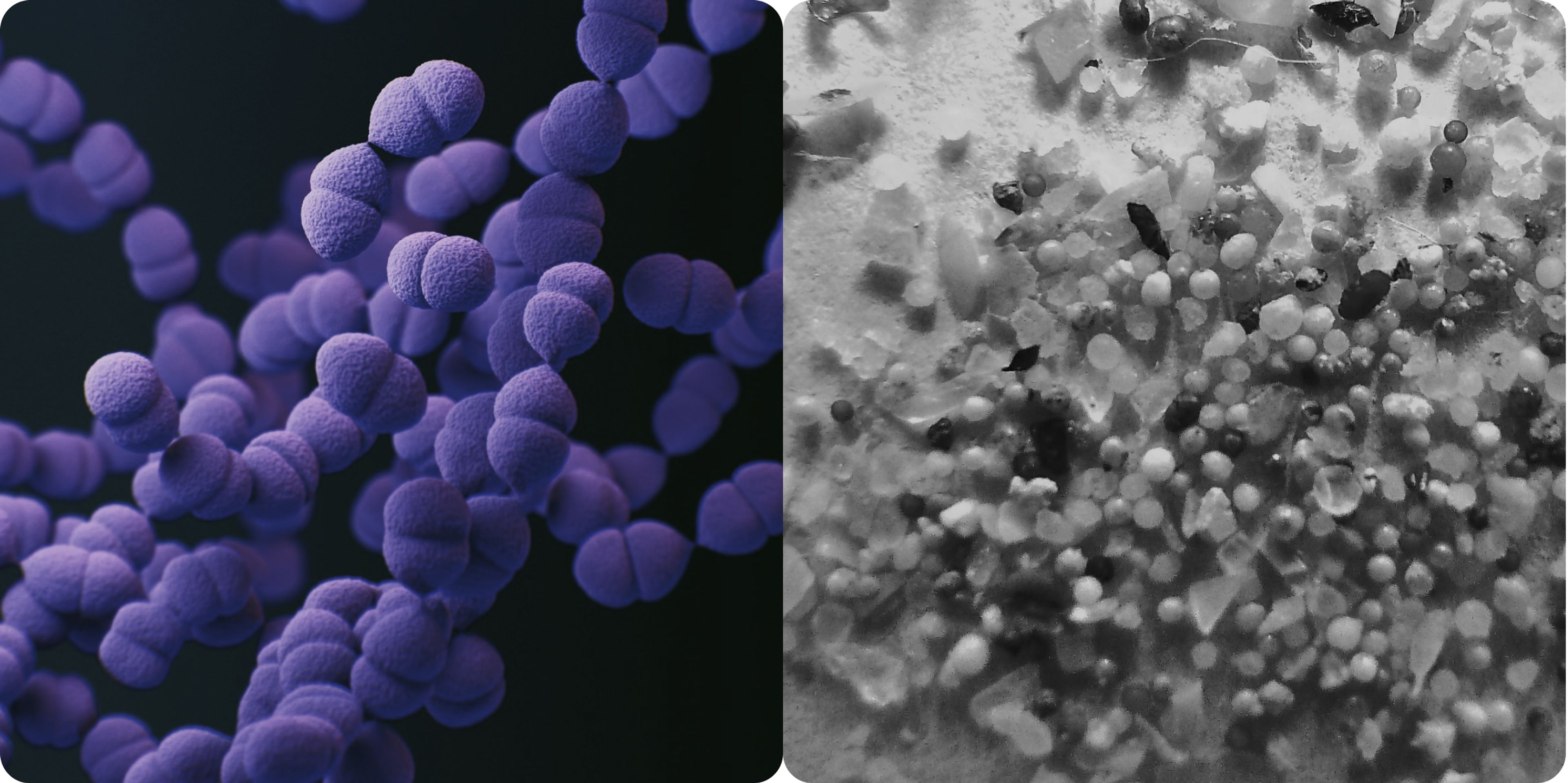
Signs of Microplastic Exposure in the Gut
Exposure to microplastics in the gut can lead to various digestive symptoms as they enter and alter gut bacteria, increasing inflammation in the gut lining.
There is currently no clinical test or official diagnosis for gut symptoms linked to microplastic exposure. Since gut imbalances, or dysbiosis, can have multiple causes, identifying microplastics as the sole culprit is challenging. If you're experiencing digestive issues, it's best to work with a healthcare professional to determine the root cause and rule out any underlying health conditions.
Here are a few common signs of dysbiosis that could be related to microplastic exposure in the gut:[8]
Digestive discomfort
Microplastics may alter gut bacteria, leading to fermentation imbalances and increased gas, bloating, and digestive discomfort.
Weakened immune system
The gut is home to a large portion of the immune system. Emerging research implicates microplastics in a disrupted gut barrier, which ultimately may play a role in immune function.[9]
Unexplained fatigue
Microplastic exposure can increase oxidative stress, disrupt mitochondrial function, and impair cellular energy production. [10]Over time, this may contribute to fatigue—potentially signaling an underlying impact of microplastics on the body.
Changes in stool
Irregular bowel movements, diarrhea, or constipation are common signs of gut dysbiosis. If these changes occur without a change in diet or health status, microplastics may be playing a role.
Food sensitivities
Gut dysbiosis and inflammation from microplastics may weaken the gut barrier, making it more susceptible to foreign substances and foods. If you suddenly develop sensitivities to foods you previously tolerated well or are more sensitive than usual, it could indicate compromised gut health.[11]
How to Avoid Ingesting Microplastics
While it may feel like microplastics are hidden everywhere, there are steps you can take to minimize the exposure you may be getting through your diet. Here are a few practical suggestions:
- Use glass or stainless steel containers: Store food and beverages in glass or stainless steel instead of plastic to prevent plastic particles from leaching, especially when exposed to heat.
- Drink filtered water: Many microplastics are found in tap and even more so in bottled water.[12] Use a high-quality water filter (such as reverse osmosis or one with activated carbon) to reduce plastic contaminants in drinking water.
- Limit processed and packaged foods: Processed foods stored in plastic packaging may contain microplastic residues. Opt for fresh, whole foods and buy in bulk using reusable containers when possible.
- Choose sustainably sourced seafood: Another way to limit microplastics in food is by choosing seafood wisely. Because seafood is exposed to plastic pollution in the ocean, it is one of the biggest sources of microplastics from food. To lower your exposure, choose sustainably sourced seafood and clean your fish thoroughly before eating.[13]
- Choose natural fiber tea bags or loose-leaf tea – Many conventional tea bags contain plastic and release microplastics into hot water. [14]Instead, use loose-leaf tea with a stainless steel infuser or choose tea bags labeled plastic-free.
- Avoid plastic utensils and wraps – Single-use plastic utensils and plastic wrap can introduce microplastics into food, particularly with hot or acidic meals. To reduce this risk, you can use beeswax wraps instead.
- Eat more home-cooked meals – Cooking at home allows for more control over food quality and packaging choices. Limit takeout containers made from plastic (including lids from takeout coffee) or foam, and opt for restaurants that use sustainable packaging.
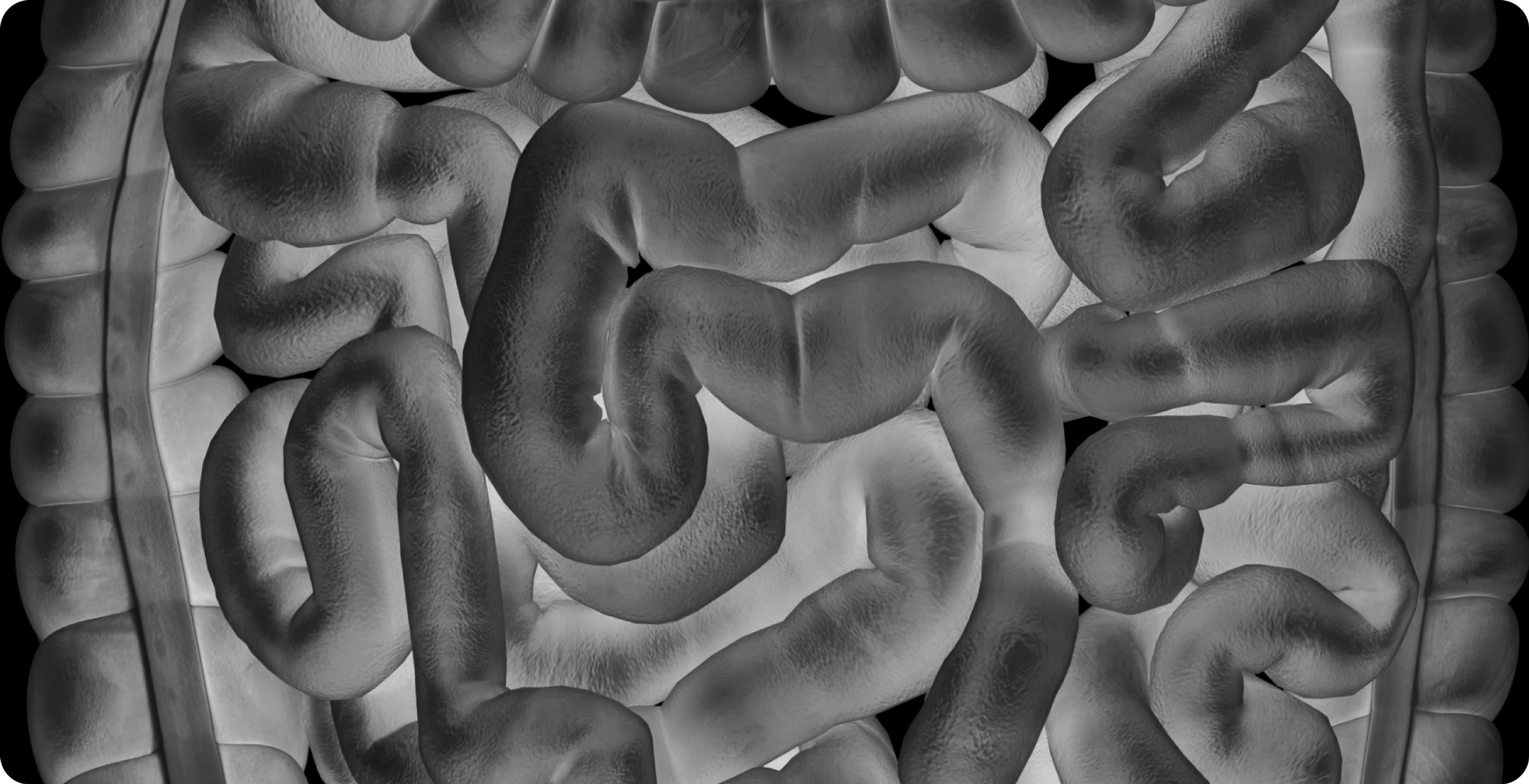
Final Thoughts: Protecting Your Gut for Longevity
While microplastics are an unavoidable part of modern life, there’s still plenty we can do to safeguard our gut health. By making small, intentional choices—like reducing plastic use in food storage, choosing cleaner water sources, and prioritizing whole, minimally processed foods—we can limit our exposure and support a resilient gut microbiome.
Although research on microplastics and gut health is still evolving, what we do know is that a strong gut is essential for overall well-being. Taking steps to nourish and protect your digestive system not only reduces potential risks from microplastics but also supports energy levels, immune function, and long-term health.
Rather than striving for perfection, focus on progress. Even small changes add up over time, helping you build a lifestyle that supports gut health and longevity in a world where plastic is nearly impossible to avoid.
Authors

Written by
Dietitian-Nutritionist, and Health Content Writer

Reviewed by
Senior Manager of Nutrition Affairs
References
- ↑
"New Study Finds Entire Spoonful of Microplastics in People’S Brains — And 3 Times As Much in Those with Dementia." New York Post, 4 Feb. 2025, nypost.com/2025/02/04/health/spoonful-of-microplastics-found-in-peoples-brains-study/ (https://www.google.com/url?q=http://nypost.com/2025/02/04/health/spoonful-of-microplastics-found-in-peoples-brains-study/&sa=D&source=docs&ust=1740417406841564&usg=AOvVaw2LkQGn36uYfwj2x4B0QQq2). Accessed 18 Feb. 2025.
- ↑
Li Y, Tao L, Wang Q, Wang F, Li G, Song M. Potential Health Impact of Microplastics: A Review of Environmental Distribution, Human Exposure, and Toxic Effects. Environ Health (Wash). 2023 Aug 10;1(4):249-257. doi: 10.1021/envhealth.3c00052. PMID: 39474495; PMCID: PMC11504192.
- ↑
Fournier E, Etienne-Mesmin L, Grootaert C, et al. Microplastics in the human digestive environment: A focus on the potential and challenges facing in vitro gut model development. J Hazard Mater. 2021;415:125632. doi:10.1016/j.jhazmat.2021.125632
- ↑
Hrncir T. Gut Microbiota Dysbiosis: Triggers, Consequences, Diagnostic and Therapeutic Options. Microorganisms. 2022;10(3):578. Published 2022 Mar 7. doi:10.3390/microorganisms10030578
- ↑
Demarquoy J. Microplastics and microbiota: Unraveling the hidden environmental challenge. World J Gastroenterol. 2024 Apr 28;30(16):2191-2194. doi: 10.3748/wjg.v30.i16.2191. PMID: 38690026; PMCID: PMC11056917.
- ↑
DeGruttola AK, Low D, Mizoguchi A, Mizoguchi E. Current Understanding of Dysbiosis in Disease in Human and Animal Models. Inflamm Bowel Dis. 2016 May;22(5):1137-50. doi: 10.1097/MIB.0000000000000750. PMID: 27070911; PMCID: PMC4838534.
- ↑
Jackson DN, Theiss AL. Gut bacteria signaling to mitochondria in intestinal inflammation and cancer. Gut Microbes. 2020;11(3):285-304. doi:10.1080/19490976.2019.1592421
- ↑
Hrncir T. Gut Microbiota Dysbiosis: Triggers, Consequences, Diagnostic and Therapeutic Options. Microorganisms. 2022;10(3):578. Published 2022 Mar 7. doi:10.3390/microorganisms10030578
- ↑
Sofield CE, Anderton RS, Gorecki AM. Mind over Microplastics: Exploring Microplastic-Induced Gut Disruption and Gut-Brain-Axis Consequences. Curr Issues Mol Biol. 2024 Apr 30;46(5):4186-4202. doi: 10.3390/cimb46050256. PMID: 38785524; PMCID: PMC11120006.
- ↑
Microplastic exposure can increase oxidative stress, disrupt mitochondrial function, and impair cellular energy production.
- ↑
Shi Q, Wang Z, Wu Y, Chen H, Gao J. Oral exposure to nano- and microplastics: Potential effects in food allergies? 2024;1:100006-100006. doi:https://doi.org/10.1016/j.allmed.2024.100006
- ↑
Gambino, I., Bagordo, F., Grassi, T., Panico, A., & De Donno, A. (2022). Occurrence of Microplastics in Tap and Bottled Water: Current Knowledge. International Journal of Environmental Research and Public Health, 19. https://doi.org/10.3390/ijerph19095283.
- ↑
Alberghini L, Truant A, Santonicola S, Colavita G, Giaccone V. Microplastics in Fish and Fishery Products and Risks for Human Health: A Review. Int J Environ Res Public Health. 2022;20(1):789. Published 2022 Dec 31. doi:10.3390/ijerph20010789
- ↑
Ali T, Habib A, Muskan F, Mumtaz S, Shams R. Health risks posed by microplastics in tea bags: microplastic pollution - a truly global problem. Int J Surg. 2023 Mar 1;109(3):515-516. doi: 10.1097/JS9.0000000000000055. PMID: 36927815; PMCID: PMC10389239.
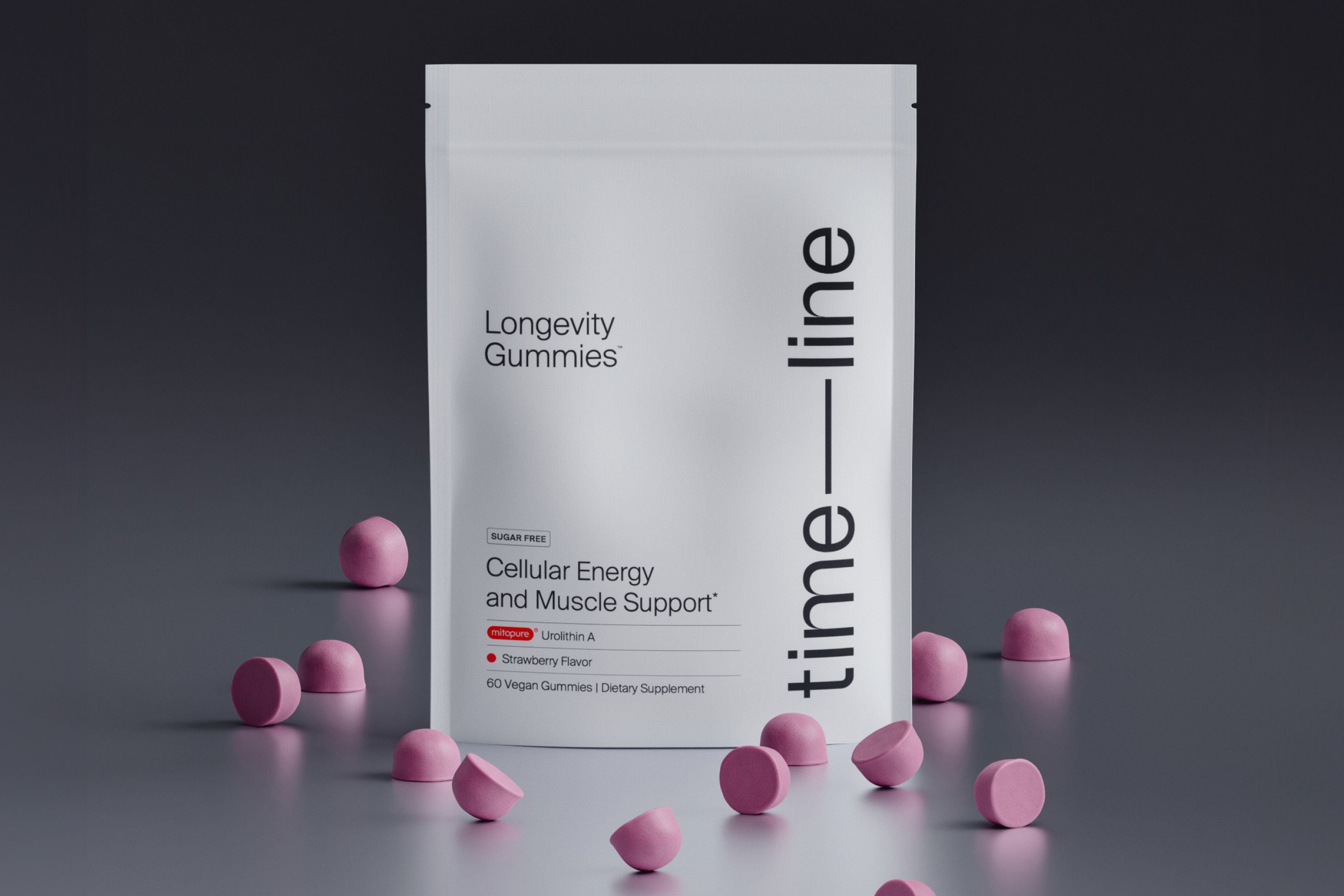
•
Nutrition•
First-of-Its-Kind Longevity Gummy Launched

•
Skincare•






